Learn how to view milliseconds or frames in VLC media player using a simple time extension.
VLC media player
VLC is a free and open source cross-platform multimedia player and framework that plays most multimedia files as well as DVDs, Audio CDs, VCDs, and various streaming protocols.
VLC: Official site – Free multimedia solutions for all OS! – VideoLAN
Time extension
Download the extension from here and unzip it somewhere.
Inside the zip file is a extensions folder and a intf folder.
From the extensions folder, copy the ‘time_ext.lua’ file.
Navigate to where VLC media player is installed on your machine.
On Windows, that might be here:
C:\Program Files\VideoLAN\VLC\luaPaste the ‘time_ext.lua’ file into this folder:
C:\Program Files\VideoLAN\VLC\lua\extensionsNext copy the ‘time_intf.lua’ file from the unzipped intf folder, and paste it into this folder:
C:\Program Files\VideoLAN\VLC\lua\intfOpen VLC
Open VLC media player. Go to view –> Time 3.2 (intf).
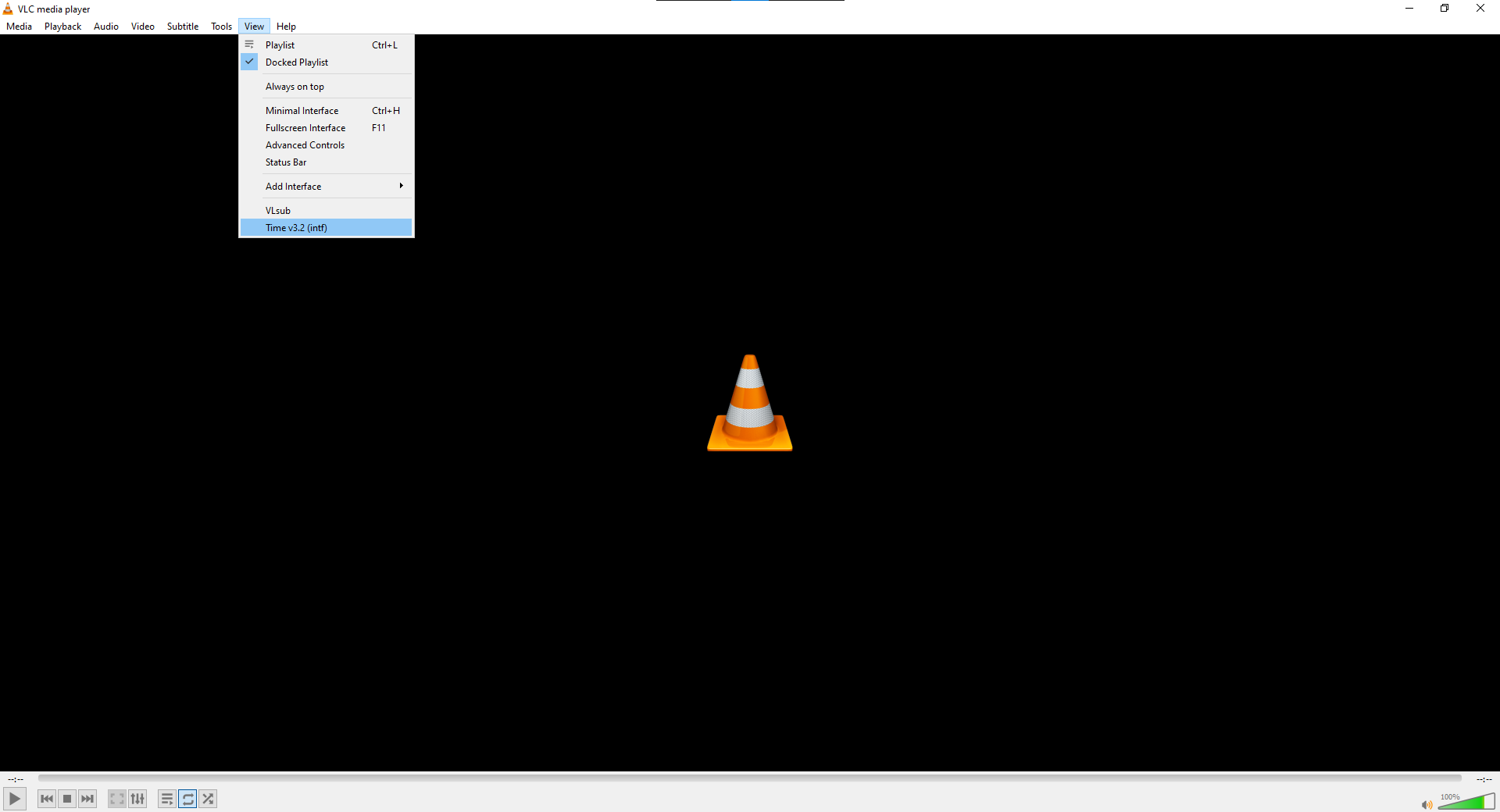
You should see this screen:
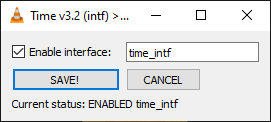
Click save to enable the extension. You will then be prompted to restart VLC media player.

Restart VLC media player by closing it and reopening it.
Control panel
Now open a video in VLC media player.
Go to view –> Time 3.2 (intf).
This time you should see this control panel:
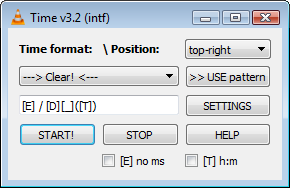
If you click on HELP you can see the supported tags and what they do.
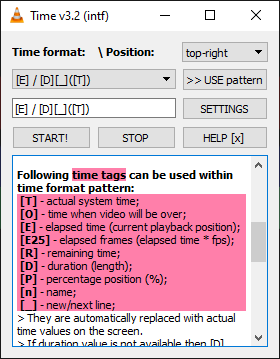
By default it shows the elapsed time in milliseconds, followed by the duration, and the current system time.
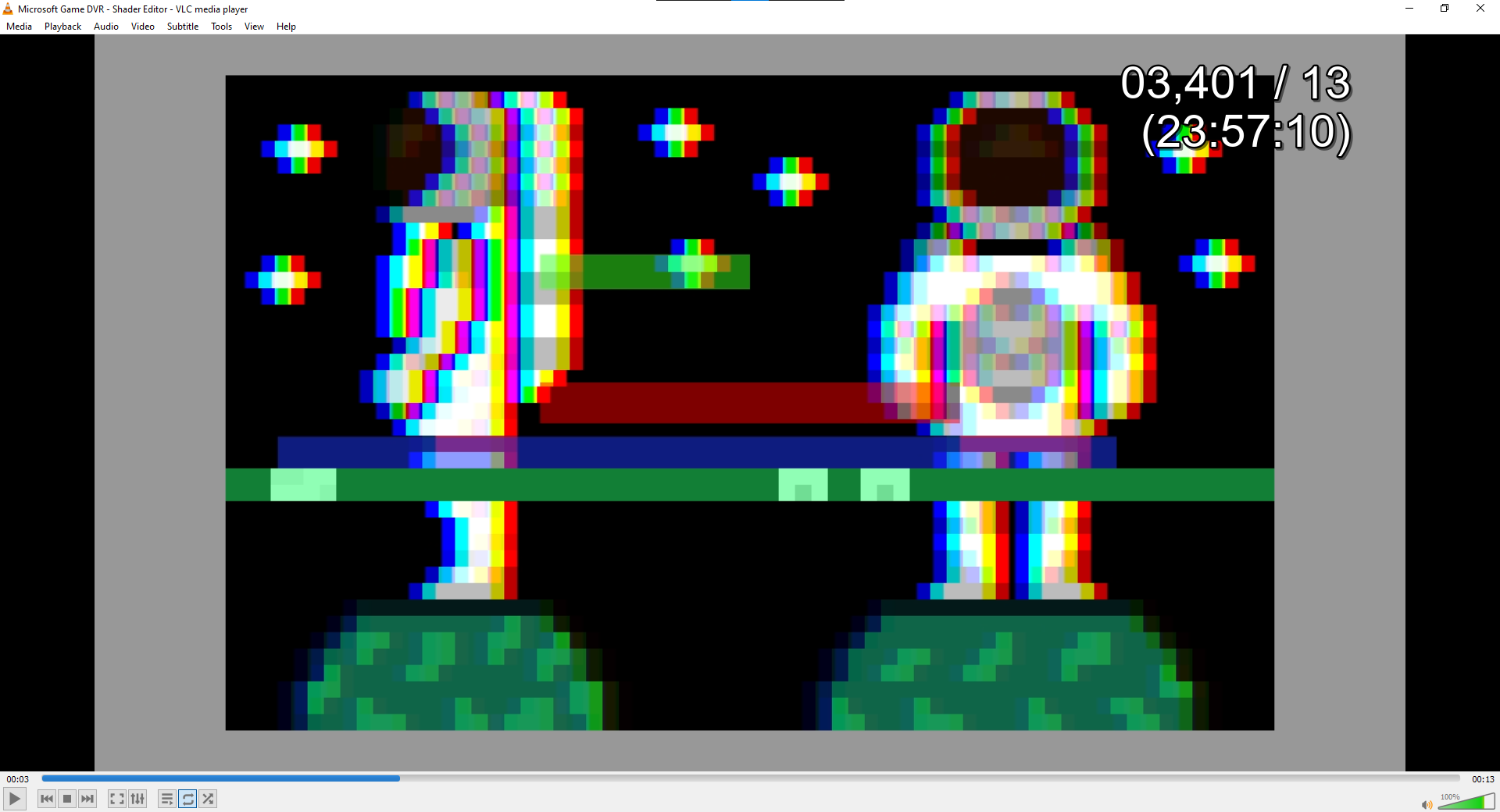
Change tag/s
You can change tags using the drop down. Afterwards you need to click >> USE pattern, then START!
Usage
Now you can see the number of elapsed milliseconds or frames using the horizontal slider. This is useful for finding the exact start and end time you need to make a shorter video, from a longer video.
You could then use your start and end time in something like ffmpeg to create a new video.
For example if I like how my video looks at 3,337 to 9,739 milliseconds. I could then convert and round the numbers to seconds like so:
ffmpeg -ss 3.3 -to 9.7 -i input.mp4 output.mp4This will create a new video using 3.3 seconds as the start time and 9.7 seconds as the end time.
For more video editing tutorials using ffmpeg, check out:
Conclusion
Thank you for reading this tutorial. Let me know in the comments section if you enjoyed it, or have any questions!

